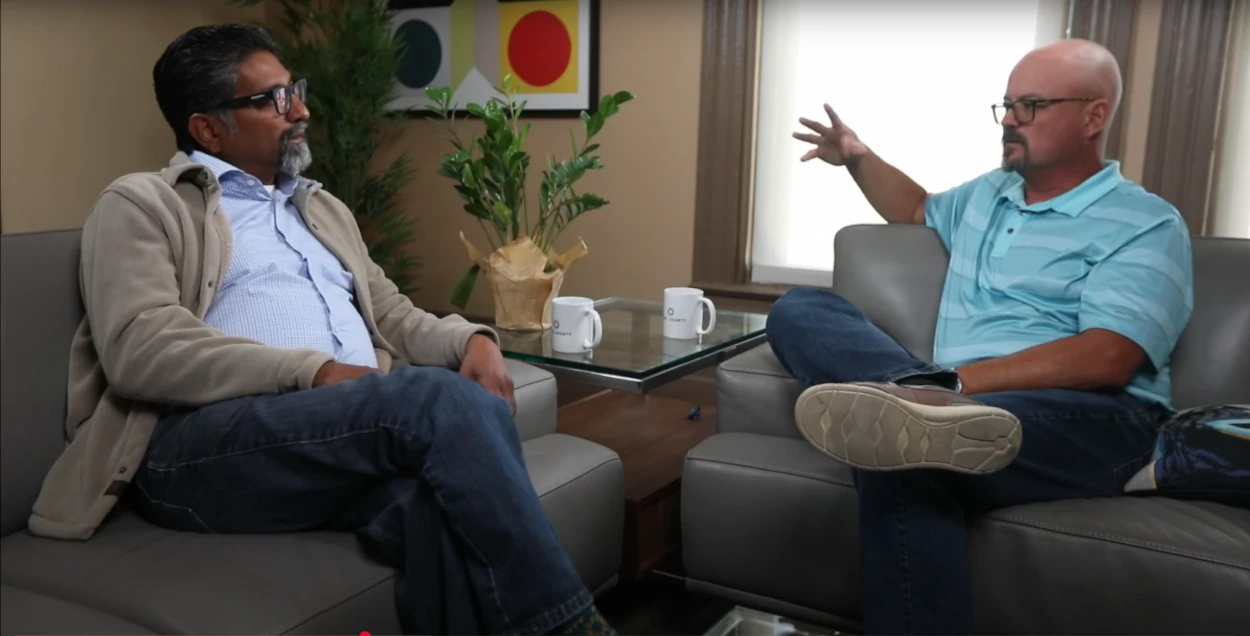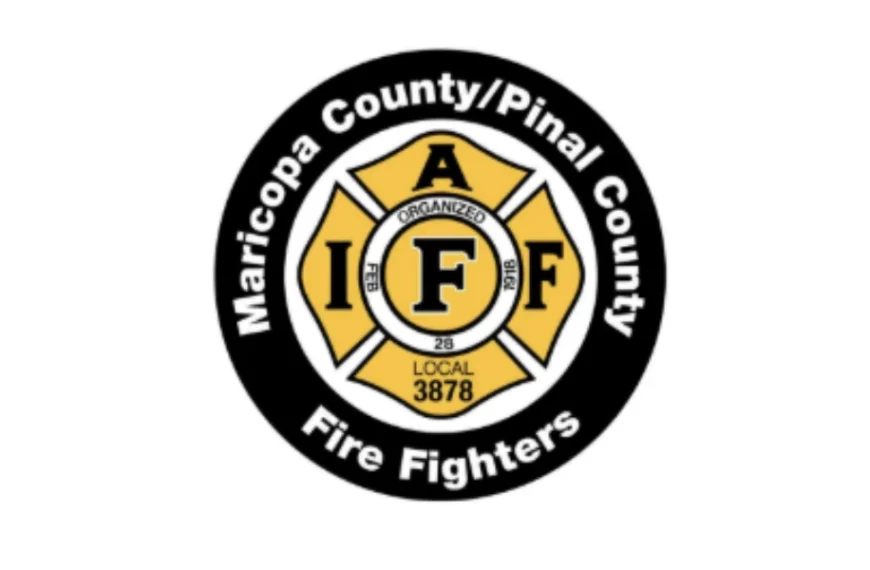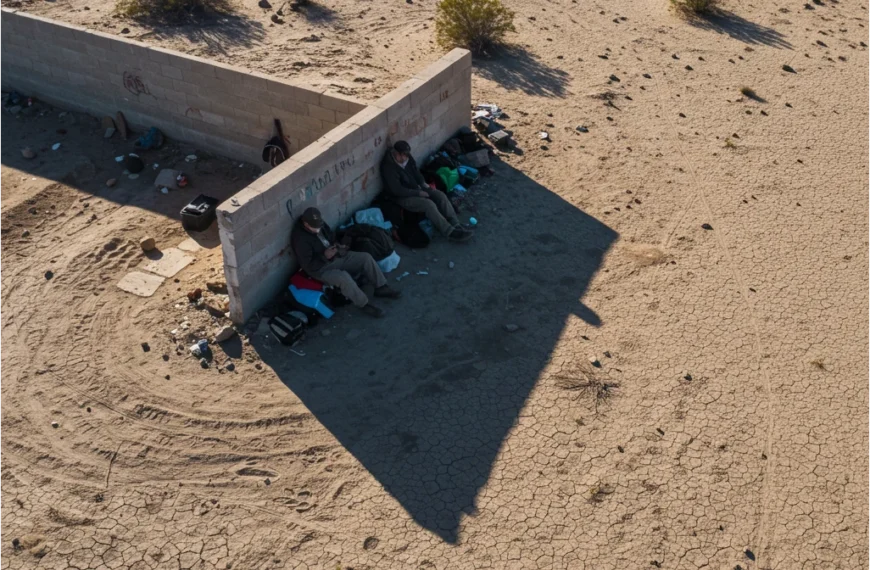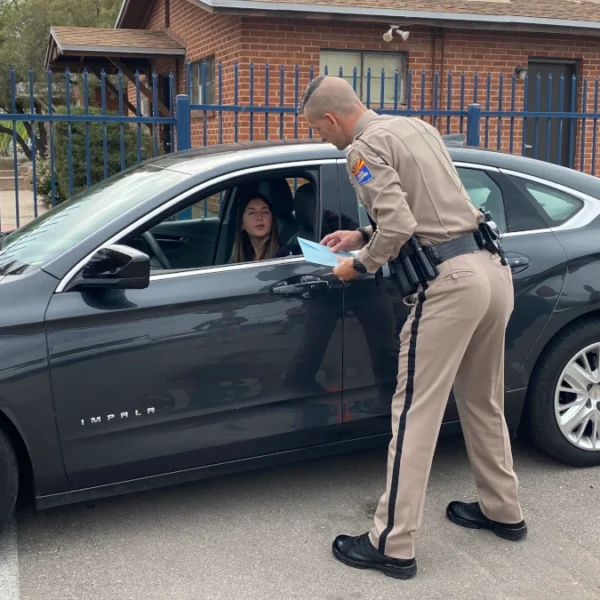During a recent Pinal Unlocked podcast episode, host Shane Doughty interviewed Himanshu Patel, who currently serves as a Deputy County Manager for Pinal County. Their conversation centered on how the county is working to update its zoning regulations.
History and Purpose of Zoning
Patel began by explaining that zoning has been a longstanding tool in America since the late 1800s, designed to create compatible land uses and help people enjoy their properties. He emphasized that Pinal County’s zoning jurisdiction only applies to unincorporated areas of the county.
“Zoning itself is a long tool that’s been used in our country to help create opportunities of uses that are compatible or uses that are not compatible and how people can enjoy their properties,” Patel explained.
Why Update the Code?
According to Patel, the county has been keeping track of zoning issues and conflicts since the last major update in 2012. These issues come from various sources:
- Residents reporting problems with property setbacks or use restrictions
- Elected officials hearing concerns from constituents
- State mandates requiring local zoning changes
As an example, Patel mentioned a recent state requirement that counties must allow accessory dwelling units on properties of certain sizes to address housing shortages.
“We keep tally of all of these things that need to be improved and changed. And so once you get to a point where this is volumous, let’s do a major code update,” Patel said.
Reset After Public Response
The interview revealed that an earlier draft of zoning code updates had sparked significant public concern, leading county leadership to suspend the update process. Rather than viewing this as a setback, Patel expressed appreciation for the public engagement.
“I think that’s great that they got engaged,” Patel noted. “And I’m hoping that engagement maintains as we go through the different revision process.”
New Approach to Code Updates
Patel outlined the county’s revised strategy for moving forward with zoning code updates:
- Internal education to bring the board fully up to speed on proposed changes
- Creation of stakeholder groups in all five county districts
- Board members will solicit stakeholders from their districts to help review drafts
- Breaking down the 400-page document into manageable sections for review
- Potentially using the Pinal Unlocked podcast as a platform to educate the public
“Even if we had a stakeholder group of 20 people in each district, ‘Here’s a 400-page document. Give me your feedback.’ That’s not gonna work,” Patel explained with a laugh. “You got to take it section by section.”
Call for Continued Public Participation
Both Doughty and Patel emphasized the importance of stakeholder participation in the revised process. Doughty directly addressed listeners: “If you’re a stakeholder, do your job. We need this feedback.”
Patel concluded by suggesting that the podcast could be used as a forum to educate people as drafts of the code are developed, with Doughty enthusiastically offering the podcast’s support.
The interview highlights Pinal County’s commitment to a more collaborative and transparent approach to zoning code updates following significant public interest in the process.
You can watch the episode here: https://www.youtube.com/watch?v=OdEww3AQUNk








